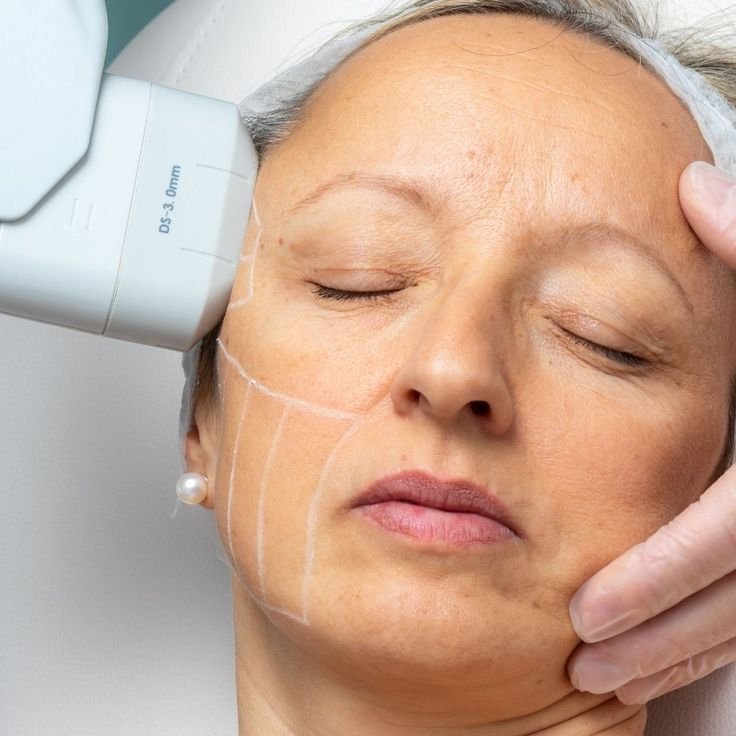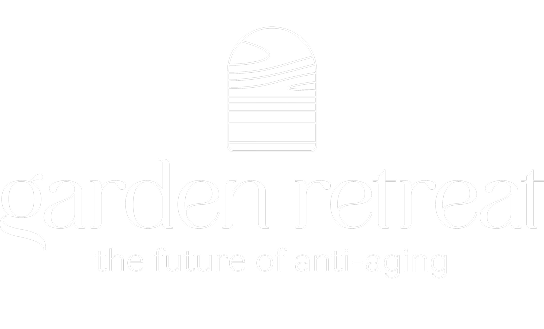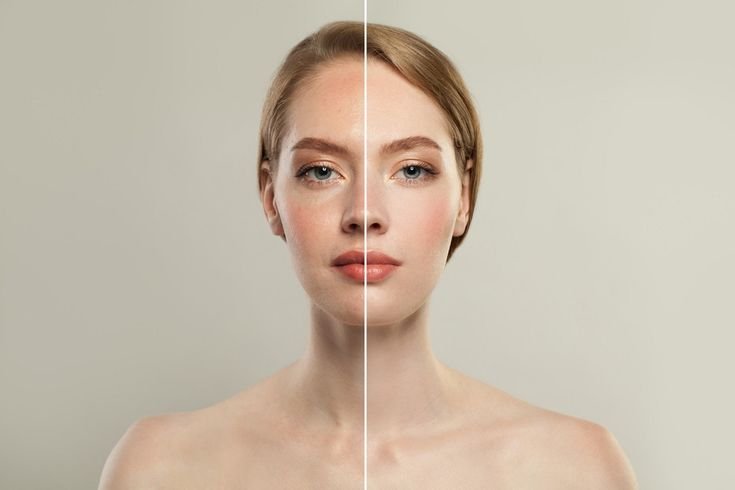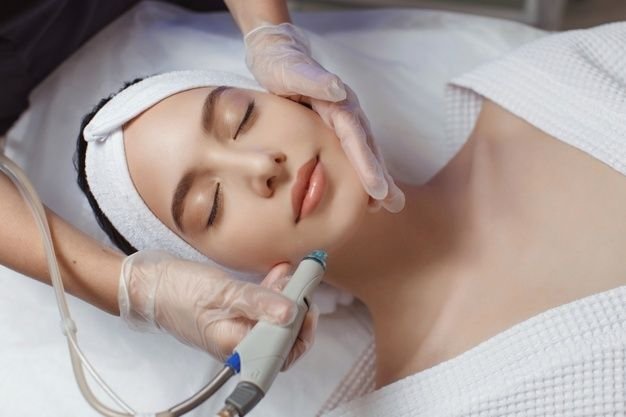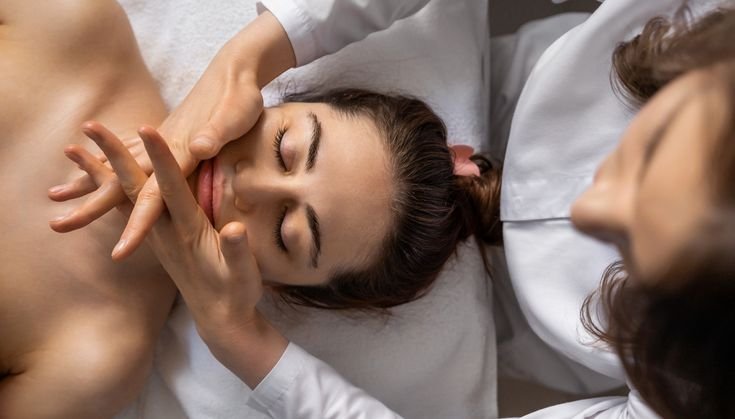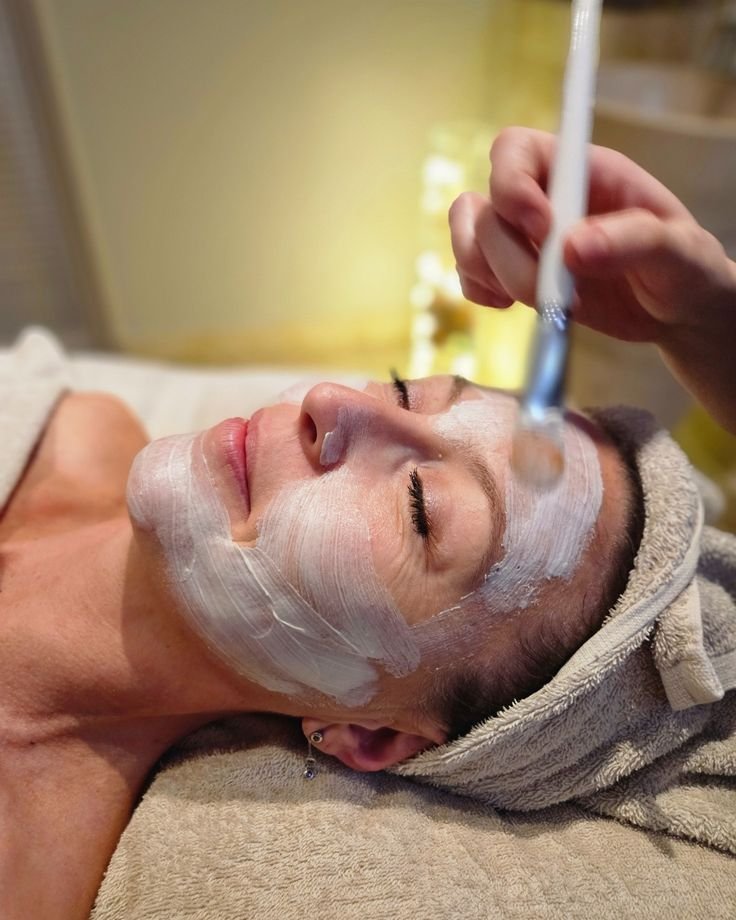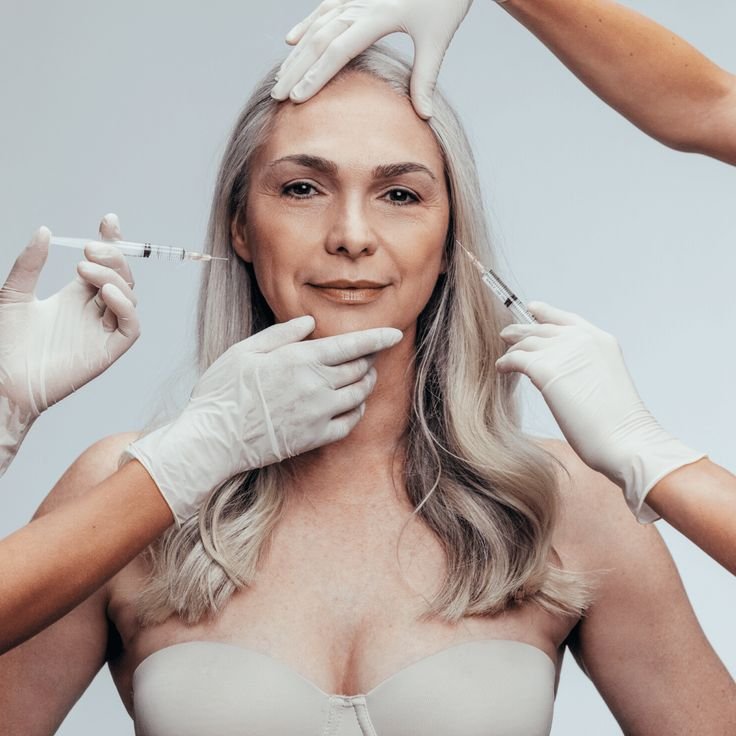Weighing the Risks: Exploring the Disadvantages of Botox
Botox, a popular cosmetic treatment used to reduce wrinkles and fine lines, has gained widespread popularity for its ability to deliver quick and noticeable results. However, like any medical procedure, Botox injections come with their own set of potential drawbacks and risks. In this article, we’ll delve into the disadvantages of Botox, shedding light on the potential side effects and considerations that individuals should be aware of before undergoing treatment.
Temporary Results:
While Botox injections can provide impressive wrinkle reduction results, the effects are temporary and typically last for three to six months. This means that individuals who undergo Botox treatments will need to schedule regular appointments to maintain their desired results, which can become costly over time.
Possible Side Effects:
Although Botox injections are generally considered safe when administered by a qualified healthcare professional, they can cause side effects in some individuals. Common side effects may include bruising, swelling, redness, and pain at the injection site. In rare cases, more severe side effects such as muscle weakness, drooping eyelids, or difficulty swallowing or breathing may occur.
Risk of Over-Treatment:
One of the potential disadvantages of Botox is the risk of over-treatment, which can result in an unnatural or frozen appearance. Injecting too much Botox or targeting the wrong muscles can lead to undesirable cosmetic outcomes, such as a lack of facial expression or asymmetry. It’s essential for individuals considering Botox to seek treatment from a qualified and experienced provider who can ensure natural-looking results.
Allergic Reactions:
While rare, allergic reactions to Botox can occur in some individuals, leading to symptoms such as itching, rash, hives, or difficulty breathing. Individuals with a history of allergies to Botox or its ingredients should avoid treatment to prevent the risk of a severe allergic reaction.
Limited Scope of Treatment:
Botox is primarily effective for treating dynamic wrinkles, which are caused by repetitive muscle movements such as squinting or frowning. It may be less effective for treating static wrinkles, which are present at rest and result from the natural aging process or sun damage. Individuals seeking comprehensive facial rejuvenation may need to consider additional treatments such as dermal fillers or laser therapy to address all signs of aging.
While Botox injections can offer significant cosmetic benefits for reducing wrinkles and fine lines, it’s essential for individuals to weigh the potential disadvantages and risks before undergoing treatment. By understanding the limitations and possible side effects of Botox, individuals can make informed decisions about their cosmetic goals and choose the most suitable treatment options for achieving natural-looking, long-lasting results. Consulting with a qualified and experienced healthcare provider is key to ensuring a safe and successful Botox treatment experience.
Related Posts

Facial Treatment
The Rise of Non-Surgical Facelift Treatments: A Modern Approach to Rejuvenating Your Appearance
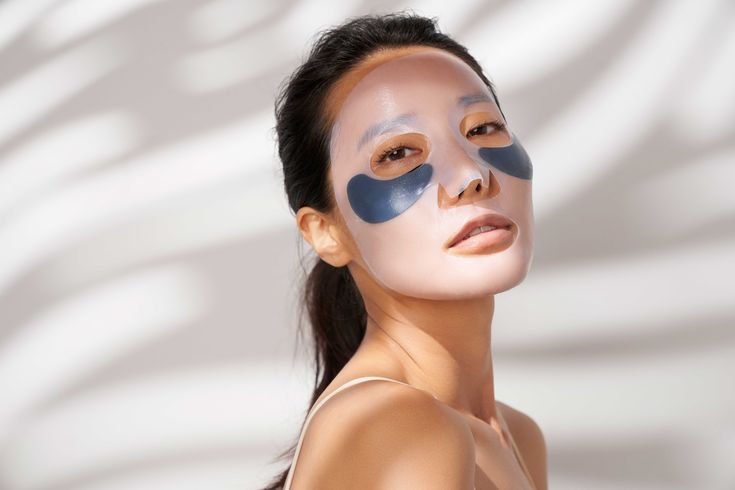
Skincare
Enhancing Your Skincare Routine with Regular Facial Treatments: A Comprehensive Guide
